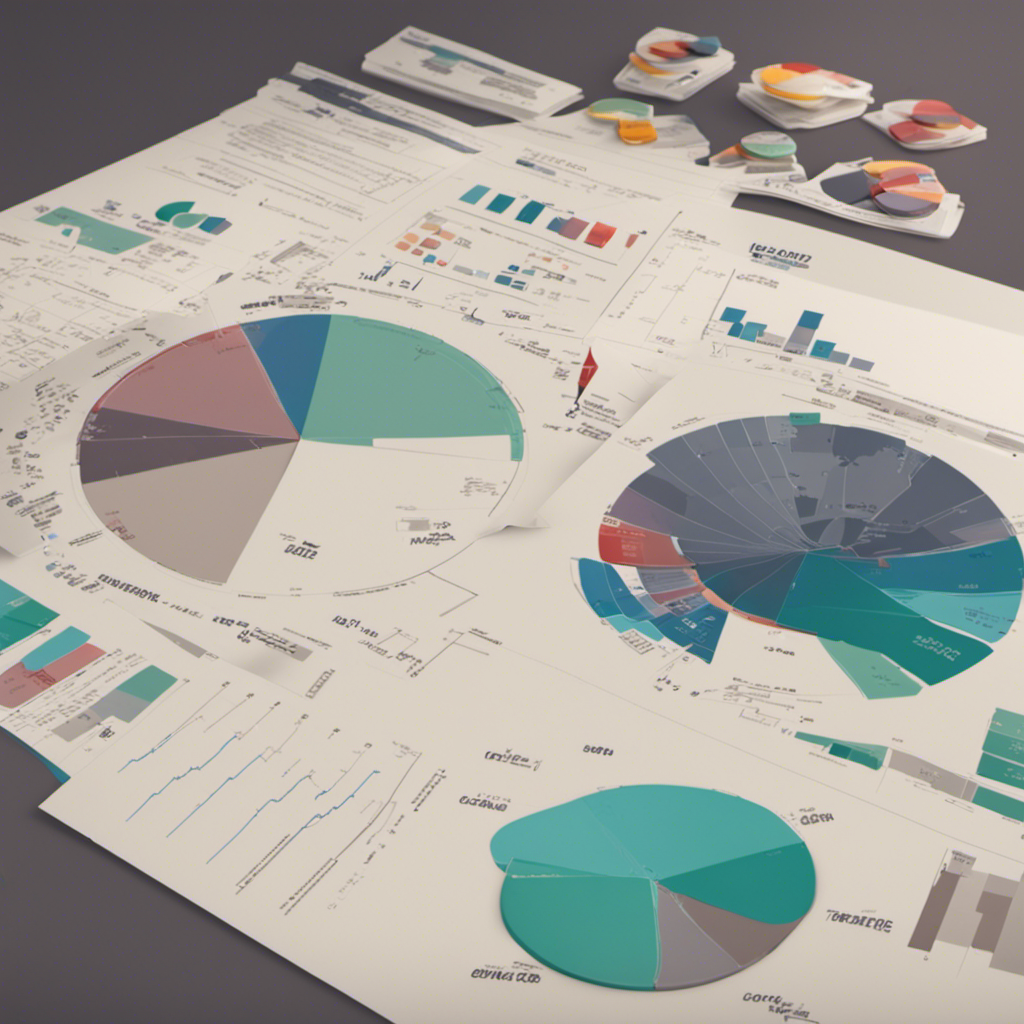
How to Create an Effective PowerPoint Presentation
Welcome to our comprehensive guide on creating an effective PowerPoint presentation. In today’s digital age, PowerPoint has become a powerful tool for delivering impactful presentations in various professional settings. Whether you are a student, a business professional, or a teacher, knowing how to create an engaging and visually appealing PowerPoint presentation is essential.
In this blog post, we will cover everything you need to know about creating an effective PowerPoint presentation. From planning and designing to delivering and engaging your audience, we’ve got you covered. So, let’s dive in!
1. Planning Your Presentation
Before you start designing your PowerPoint presentation, it is crucial to plan your content and structure effectively. Here are the steps you should follow:
a. Define Your Objective:
Clearly define the purpose of your presentation. Are you trying to inform, persuade, or entertain your audience? Understanding your objective will help you tailor your content accordingly.
b. Identify Your Target Audience:
Understanding your target audience is vital to create a presentation that resonates with them. Consider their demographic, background knowledge, and interests to ensure your content is relevant and engaging.
c. Outline Your Content:
Create an outline of the main points you want to cover. A well-structured presentation should have an introduction, a clear body with supporting points, and a conclusion that summarizes the key takeaways.
d. Storytelling:
Harness the power of storytelling to create a compelling narrative. Incorporate relatable examples, personal experiences, and anecdotes to make your presentation more engaging and memorable.
2. Designing Your Presentation
Once you have a clear plan in place, it’s time to start designing your PowerPoint presentation. Here are some essential design tips to consider:
a. Start with a Strong Opening:
Grab your audience’s attention from the start with a captivating opening slide. Utilize a powerful image, a thought-provoking quote, or an interesting statistic to generate curiosity.
b. Choose a Cohesive Design:
Maintain a consistent design throughout your presentation. Select a professional template that aligns with your content and brand image. Use complementary colors, attractive fonts, and consistent formatting to create a visually appealing presentation.
c. Limit Text and Bullet Points:
Avoid overcrowding your slides with too much text. Use bullet points sparingly to highlight key ideas or takeaways. Instead, rely on visuals, such as images, charts, and diagrams, to explain complex concepts.
d. Use High-Quality Visuals:
Incorporate high-quality visuals to support your content and make it more engaging. Utilize relevant images, graphs, charts, and infographics to convey information effectively. Make sure to cite your sources for any visuals borrowed from external references.
e. Implement Slide Transitions and Animations:
Make your presentation visually dynamic by incorporating slide transitions and animations. However, use them sparingly and purposefully to avoid distracting your audience from your main message.
f. Pay Attention to Typography:
Choose fonts that are legible and convey a professional tone. Avoid using multiple fonts in a single presentation to maintain consistency and visual harmony. Stick to a maximum of two fonts—one for the headings and another for the body text.
3. Delivering Your Presentation
Creating a visually appealing PowerPoint is essential, but delivering your presentation effectively is equally important. Here are some tips to ensure you engage your audience during the presentation:
a. Practice, Practice, Practice:
Rehearse your presentation multiple times to become familiar with the flow and timing. Practice your delivery, body language, and transitions to ensure a smooth and confident presentation.
b. Be Mindful of Timing:
Respect your audience’s time by adhering to the designated timeframe. Plan your presentation accordingly, leaving room for questions or discussions if necessary. Avoid rushing or exceeding the allocated time.
c. Engage Your Audience:
Interact with your audience throughout the presentation. Ask questions, encourage participation, and address any concerns or comments they may have. This interactive approach will help keep your audience engaged and interested.
d. Use Speaker Notes:
Prepare speaker notes that serve as a guide during your presentation. Include key talking points, statistics, and references to expand on or clarify your content. Speaker notes will help you maintain a smooth flow and ensure you don’t miss any vital information.
e. Maintain Eye Contact:
Establish a connection with your audience by maintaining eye contact. Avoid reading directly from the slides, as it can diminish your connection and come across as less engaging.
f. End with a Strong Conclusion:
Wrap up your presentation with a compelling conclusion that summarizes the main points and leaves a lasting impression on your audience. Consider ending with a call to action, a thought-provoking question, or a memorable quote.
Conclusion
Creating an effective PowerPoint presentation requires careful planning, thoughtful design, and confident delivery. By following the tips outlined in this comprehensive guide, you can create presentations that effectively deliver your message, engage your audience, and leave a lasting impact.
Remember to plan your content carefully, design your slides thoughtfully, and deliver your presentation confidently. Combine these elements with engaging visuals, storytelling techniques, and audience interaction to create truly effective PowerPoint presentations.
Incorporate these best practices into your next presentation and watch as your audience becomes captivated and inspired. Happy presenting!
References:
- Duarte, N. (2017). Resonate: Present Visual Stories that Transform Audiences. New Riders.
- Bates, S. (2020). Speak Like a CEO: Secrets for Commanding Attention and Getting Results. McGraw-Hill Education.






